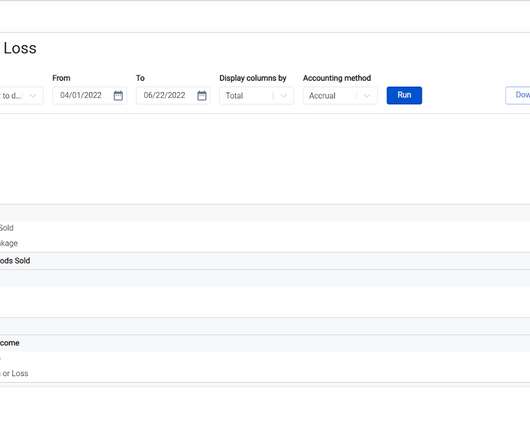Getting Paid 101: Accounts Payable and Accounts Receivable
xendoo
JUNE 11, 2022
However, typical categories of accounts payable include: . Transportation and logistics. To record accounts payable, here are a few examples. Debts past due dates (with several months) might translate to bad debts, which you should remove from accounts receivable and record as an expense. . Cash vs. Accrual Accounting.












Let's personalize your content